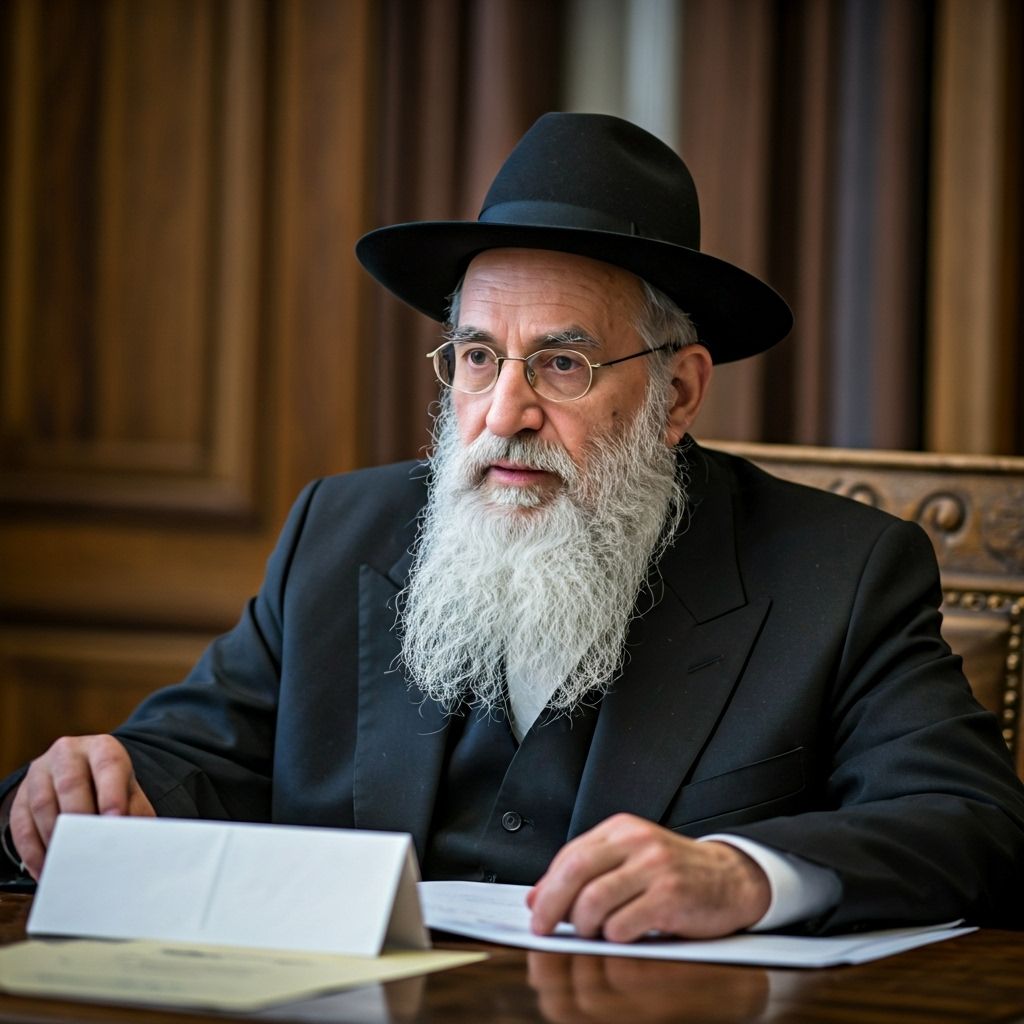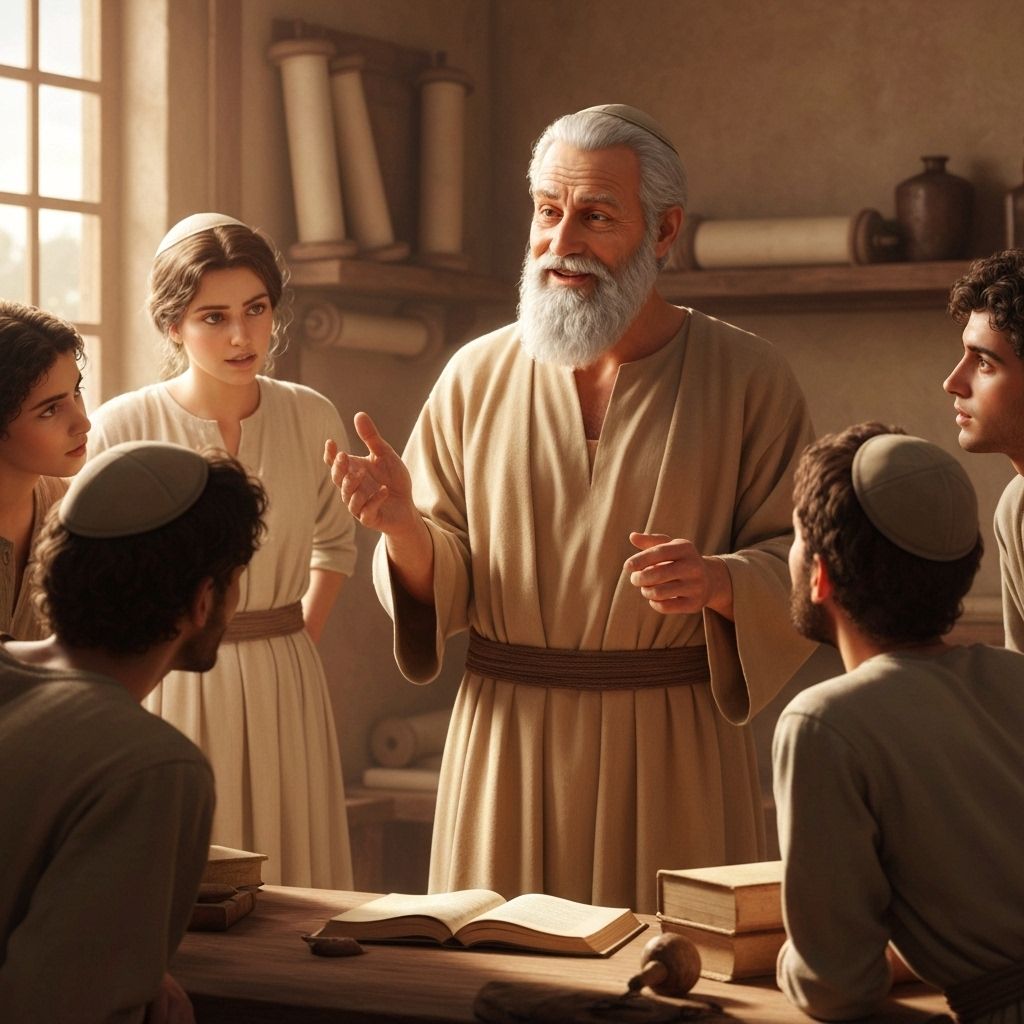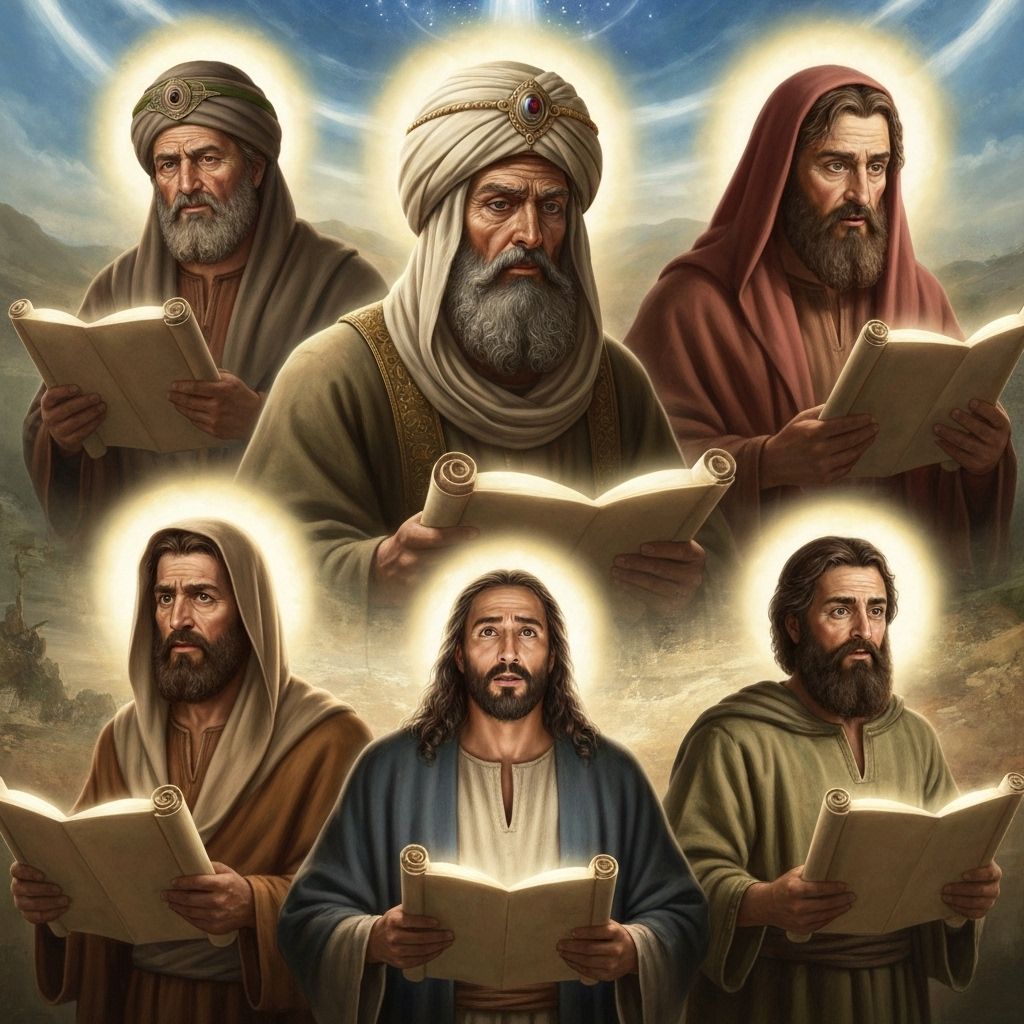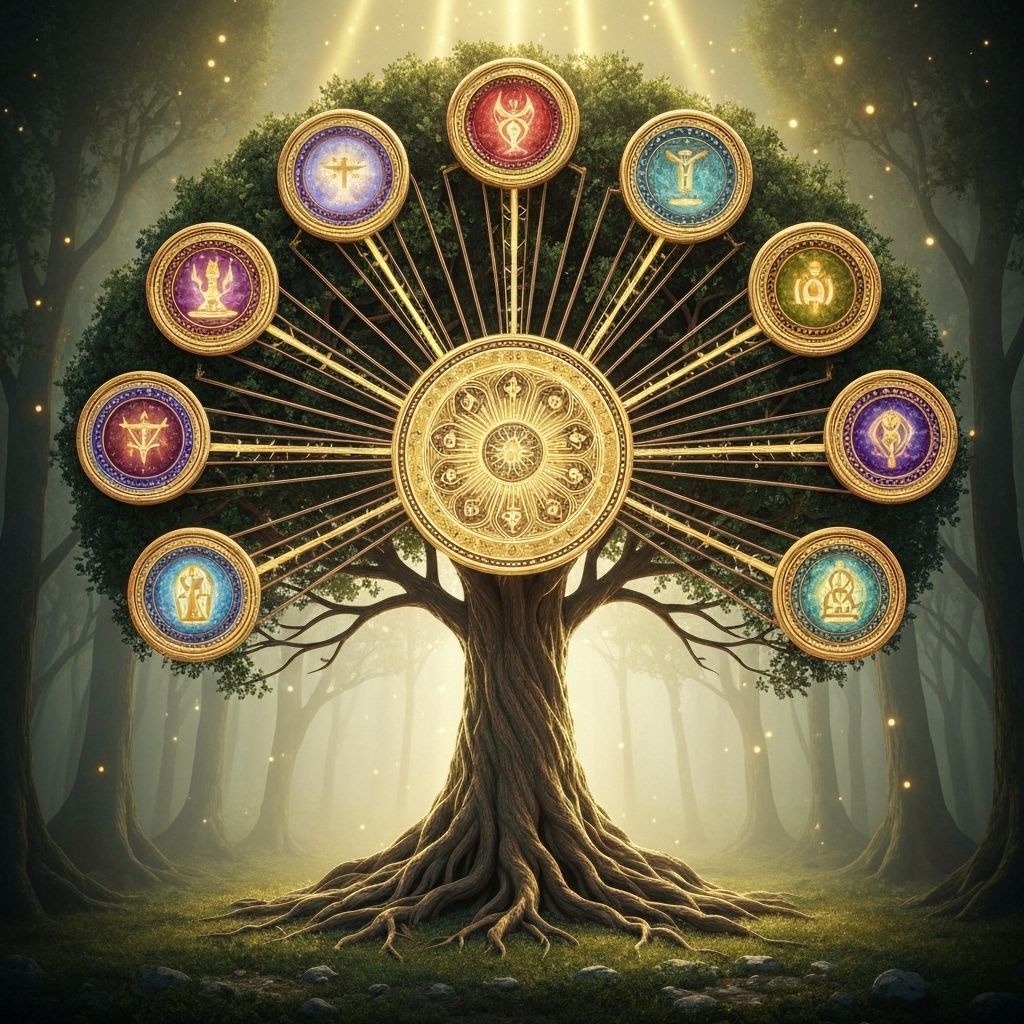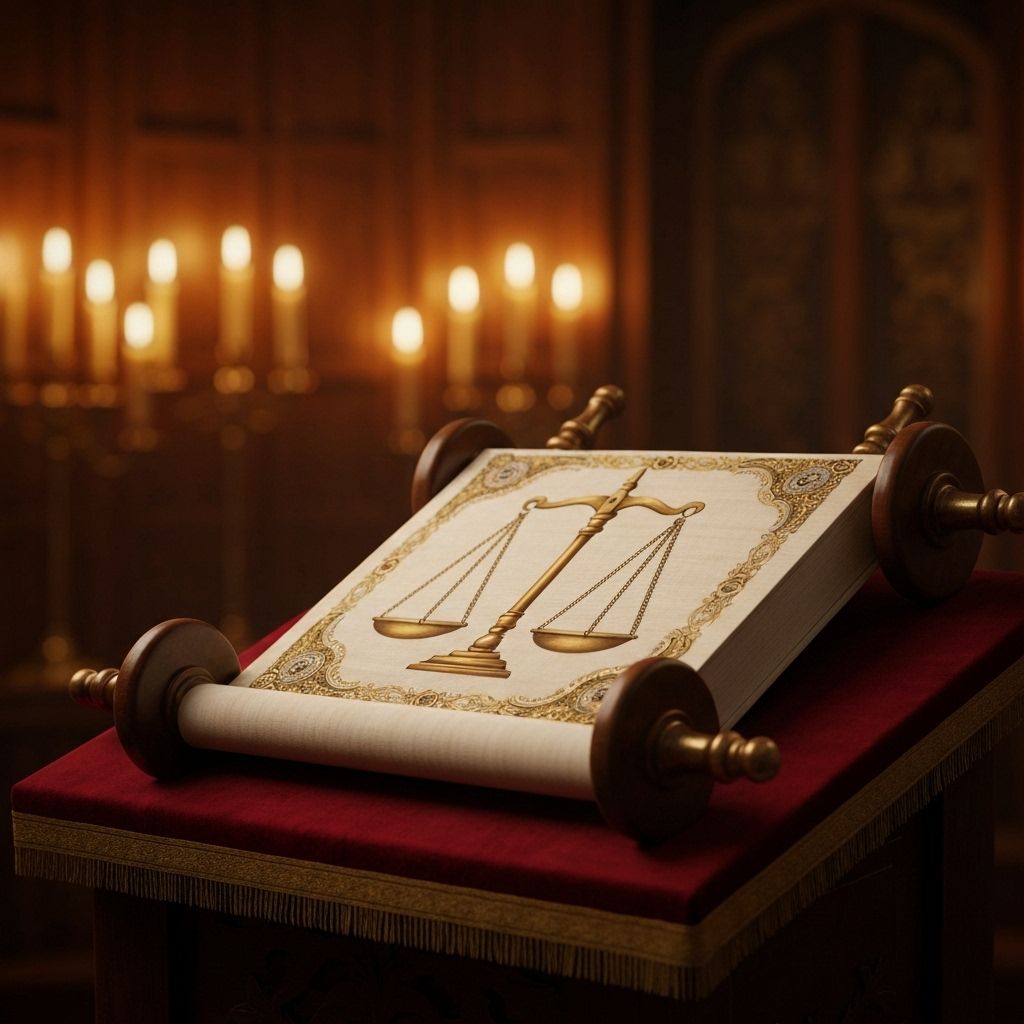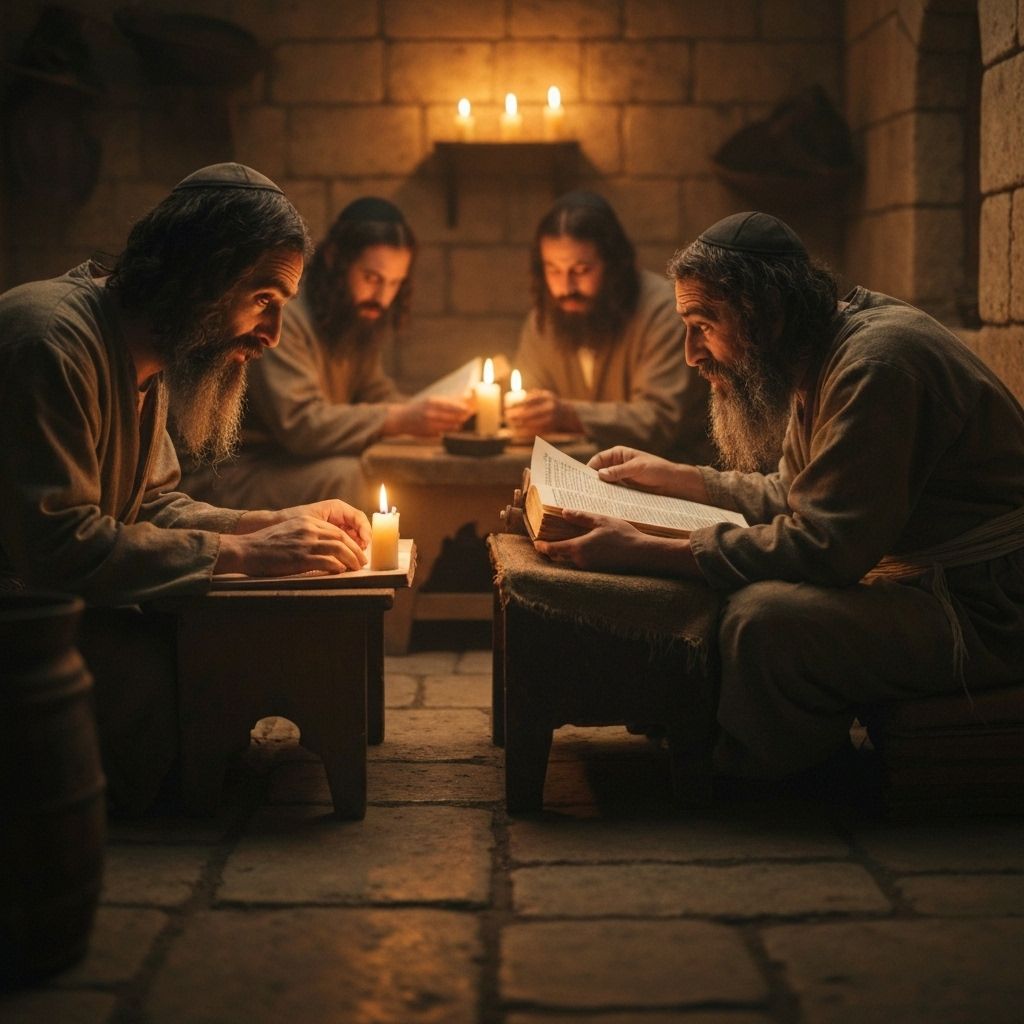3-Minute Summary
The Words of the Torah Explained with Help from Rashi and Ramban
Rashi (1040-1105) was a medieval French rabbi whose commentary on the Torah and Talmud is considered essential reading. His explanations focus on the plain meaning of the text and are known for their clarity and accessibility.
Ramban (1194-1270) was a Spanish rabbi, physician, and philosopher who provided deeper mystical and philosophical insights into the Torah, often building upon Rashi's work while adding his own profound interpretations.
Judah's approach to Joseph represents one of the most moving moments in the Torah, as he steps forward to take responsibility for Benjamin's safety. His speech reveals the complete transformation of his character—from the brother who callously sold Joseph into slavery to the man willing to sacrifice himself for his family's welfare.
Judah's detailed recounting of their conversation with their father shows his deep understanding of Jacob's emotional state and his own responsibility for causing that pain. He demonstrates genuine empathy and remorse, qualities that were absent when he participated in Joseph's sale many years earlier.
The phrase 'vayigash eilav Yehuda' (Judah approached him) suggests both physical proximity and emotional closeness. Judah doesn't just speak to Joseph from a distance—he draws near, showing vulnerability and courage in his appeal for mercy.
Judah's offer to become Joseph's slave in Benjamin's place represents the ultimate act of self-sacrifice and love. He's willing to give up his own freedom and future to protect his brother and spare his father further grief—a complete reversal of his earlier selfish behavior.
Joseph's emotional response to Judah's speech shows that he has been deeply moved by his brother's transformation. The text tells us that Joseph could no longer control himself, indicating that his carefully constructed plan has achieved its purpose of testing and healing his family.
Joseph's revelation of his identity begins with the simple but powerful statement: 'I am Joseph. Is my father still alive?' This question reveals his deepest concern and longing—to know that the father he loves is still in the world and that their reunion is still possible.
The brothers' inability to answer Joseph shows their complete shock and terror. They are 'dismayed at his presence,' realizing that the man they had wronged now holds absolute power over them and their family. Their silence reflects both their guilt and their fear of retribution.
Joseph's interpretation of events through the lens of divine providence represents a profound spiritual insight. Rather than focusing on his brothers' cruelty, he sees their actions as part of a larger divine plan to save lives and preserve the family. This perspective transforms victimization into purpose.
The phrase 'it was to save life that Hashem sent me ahead of you' establishes the theological foundation for understanding suffering and hardship. Joseph teaches that what appears to be random cruelty or injustice can actually be divine orchestration for a greater good that we cannot yet see.
Joseph's instructions to his brothers about how to break the news to Jacob show his sensitivity and wisdom. He tells them to say that Hashem has made him 'lord of all Egypt,' emphasizing divine providence rather than his personal achievement, and to hurry back with their father.
The wagons that Joseph sends for Jacob serve as proof of his identity and status, but they also represent the means of transport that will bring the family together. These material objects become symbols of hope and reunion, carrying the promise of restored relationships.
The parsha concludes with the brothers returning to Canaan with the astonishing news that Joseph is alive and ruling in Egypt. This sets the stage for Jacob's journey to Egypt and the fulfillment of the divine prophecy that Abraham's descendants would be strangers in a land not their own.

